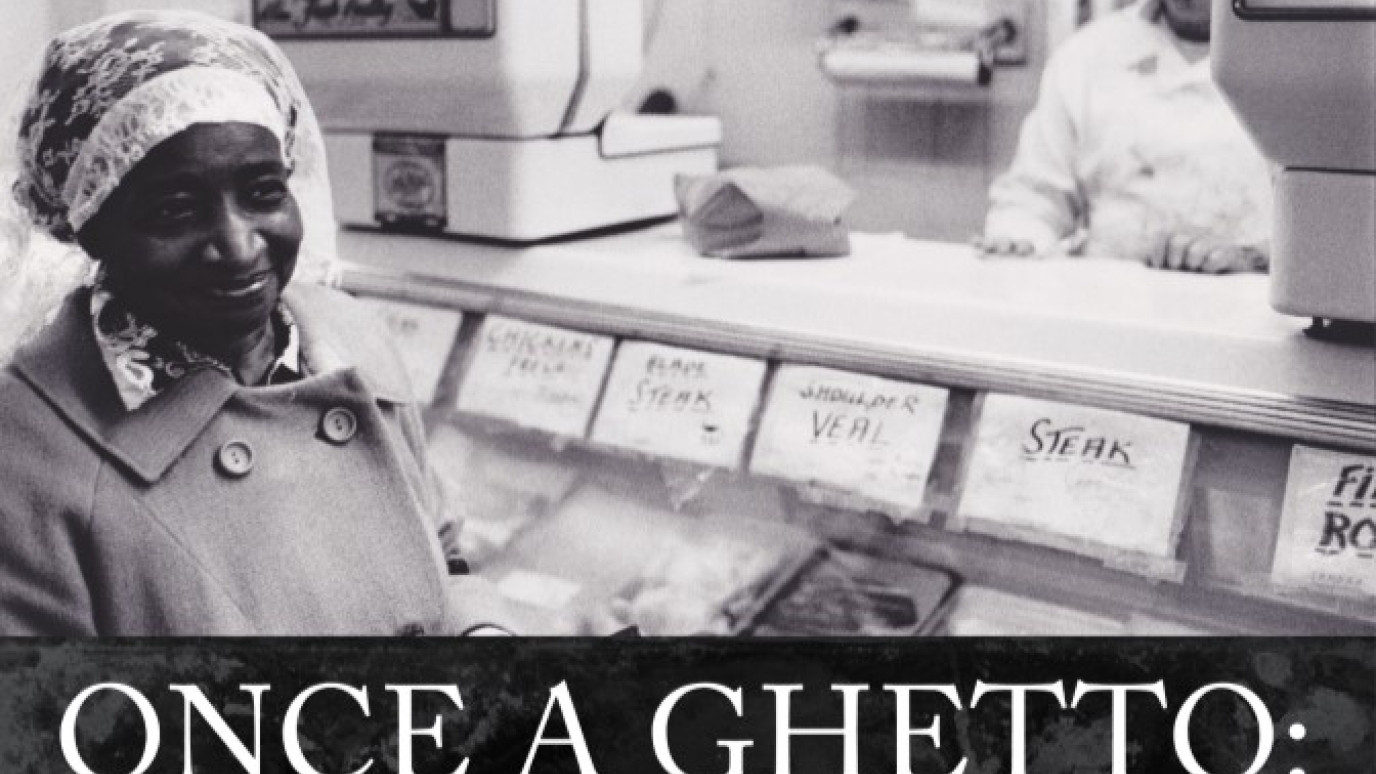
"Once a Ghetto: The Worlds Created by Jews and Blacks in Brownsville"
September 26 – October 25, 2018
Public Reception: Wednesday, September 26, 4:00 – 7:00 p.m.
Curator Talk by Gilda Zwerman: September 26, 4:00 – 5:00 p.m.
Public Talk and Discussion: Monday, October 15, 3:50-5:20 p.m., Duane L. Jones Recital Hall
with Keynote by Clarence Taylor (Professor Emeritus of History Dept. at Baruch College, Modern African American, Religion, Civil Rights, Author of The Black Churches of Brooklyn, Black Religious Intellectuals, Knocking at Our Own Door, Reds at the Blackboard, and most recently, Fight the Power: African Americans and the Long History of Police Brutality in NYC).
Gallery Hours: Monday - Thursdays, 12:00 – 5:00 p.m. and by appointment
The Amelie A. Wallace Gallery at SUNY Old Westbury is pleased to announce the opening of “Once A Ghetto: The Worlds Created by Jews and Blacks in Brownsville,” an exhibition examining the Brooklyn neighborhood of Brownsville and its unique place in the working-class history of New York City. Researched by Gilda Zwerman, professor of Sociology at Old Westbury, and co-curated with Hyewon Yi, director of Amelie A. Wallace Gallery, the exhibition presents archival documents, photographs, and videos that offers a long view of a neighborhood that figures significantly in the biographies of its inhabitants and of the City.
From its beginnings as a land grab by the Dutch settlers of Flatbush from the Indians of Canarsee and the Rockaways, throughout the 20th century Brownsville has morphed from one ethnic ghetto into another. It was a home to Jews fleeing persecution in Eastern Europe, a refuge for African Americans escaping the Jim Crow South and more recently a destination for diverse populations from the Caribbean, Africa, Latin America and Guyana. But through time and ethnic change, Brownsville remains a neighborhood with a soul – vulnerable, resilient and at times, defiant. It has been the subject of novels, on the front lines of battles in New York about race, housing, schools and social justice, and a constant thorn in the side of City planners.
Chronologically and thematically organized, the exhibition portrays Brownsville in three dimensions. It presents the past through a narrative text and archival material; it takes the viewers on a photographic journey through Brownsville’s scattered “remains” found in the streets, in the reminiscences of residents, on the walls and edifices of buildings, in its institutions and in the ruins of empty lots. And it is filled with images that capture the current moment of activism and uncertainty as local entrepreneurs, community justice activists, techno-nerds, young professionals, city planners, private developers, transportation architects, old-timers, and new arrivals as they strive to create a twenty-first century identity for Brownsville in the “new Brooklyn.”
“Once A Ghetto” builds upon research conducted in the early 1980s by Gilda Zwerman, sociologist, Sharon Zukin and photographer Lyn Hughes. For Zwerman, a third generation “Brownsvillian,” this project has provided an opportunity to roam the streets with acclaimed photographer, Sue Kwon, author of Street Level: New York Photographs, 1987-2007 and a reason to return home.
The organizers of this exhibition wish to thank Brownsville Heritage House, Brooklyn Democracy Academy, Brownsville Justice Center, Made in Brownsville, Brownsville Recreational Center, Brownsville Culinary Center, Brownsville Collaborative Middle School, Brownsville Partnerships, Brooklyn Collection/ Brooklyn Public Library, Brooklyn Historical Society, Brian Merlis and Ricardo Gomes Brooklyn Photo Archives, Kheel Center for Labor-Management Documentation, Cornell University, The Margaret Sanger Papers Project, Schomburg Center for Research in Black Culture, Tamiment Library and Robert F. Wagner Labor Archives, New York University and A Photographers Place.
Curators:
- Curator, Researcher: Gilda Zwerman zwermang@oldwestbury.edu
- Gallery Director and Co-Curator: Hyewon Yi YiH@oldwestbury.edu
For further information, please contact the gallery at yih@oldwestbury.edu or 516-876-2709/3056.
About the Gallery: Formally dedicated on May 22, 1979, the Gallery is named for the late Amelie Alexanderson Wallace in recognition of her unflagging support of the College and her personal commitment to the arts at Old Westbury. The Gallery exhibits Contemporary art by emerging and mid-career artists, as well as works by faculty and students of the Visual Arts Department. Public programs designed to accompany exhibitions comprise lectures and discussions led by artists and curators, as well as live performances and video presentations.
